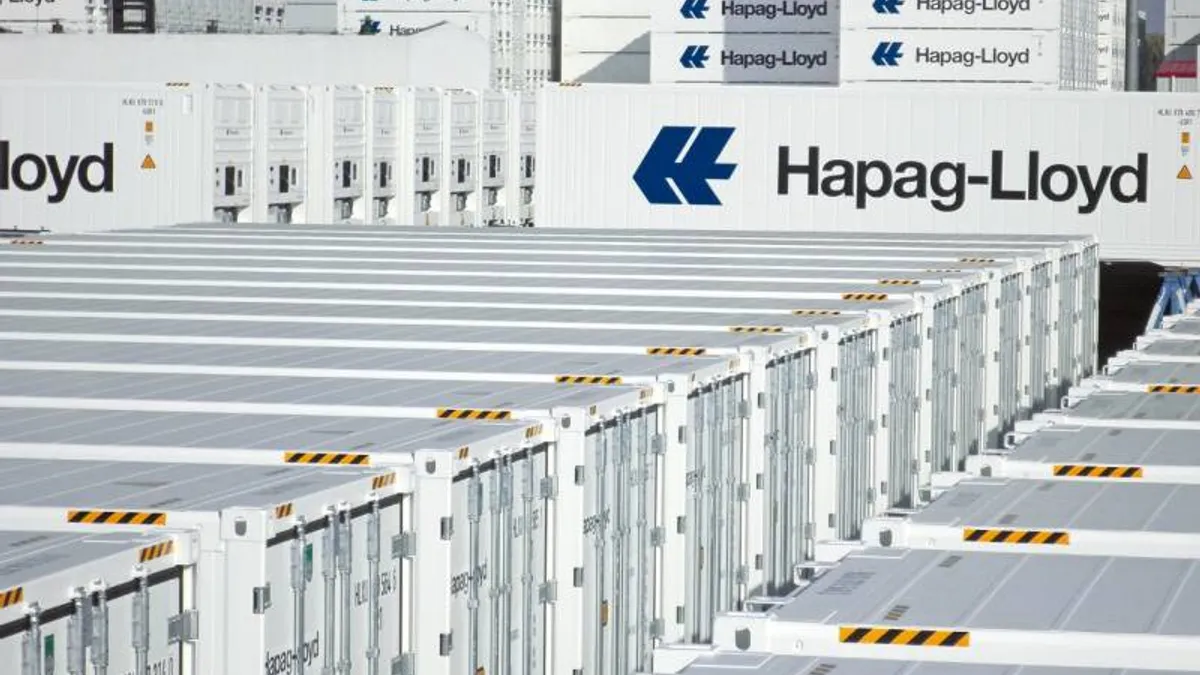Dive Brief:
- The economic expansion of the middle-class in China and India has increased demand for cold chain products like fresh produce, Fresh Plaza reported last week.
- Increase disposable income in emerging markets has allowed consumers to spend more on higher quality, organic or fresh products. As a result, regions like the Asia-Pacific have seen a boom in cold chain investments and opportunities.
- Cold chain operators must support manufacturers to gain customers who seek high quality. Five separate temperature zones must be served in order to maintain highest standards. If produce is subject to temperature changes, it must be tested for damage or deterioration.
Dive Insight:
Between 2012 and 2014, global cold chain capacity grew by 20%, ultimately reaching 600 million cubic meters by 2016. The U.S. leads the world in cold chain storage, as the top 25 warehousing companies account for 15% (86 million cubic meters) of the world's cold-storage capacity.
Yet it's not just fresh produce that's driving the emergence of the international cold chain market. Precision medication, and the need for traceability within the medical industry in general are growing, leading to further cold chain expansion for logistics companies, which understand the necessity of maintaining perfect conditions for blood and other specialized solutions.
The rising demand for cold chain logistics highlights the extent to which consumer trends and economics align to impact supply chains.
A combination of a higher disposable income and general push to healthier products is affecting every link: retailers see higher demand for cold-chain products, demand greater supply from their upstream partners, who work with logistics providers to ensure infrastructure is in place to store and transport their product. The challenge: improving cold chain infrastructure while keeping capital expenditures low.













